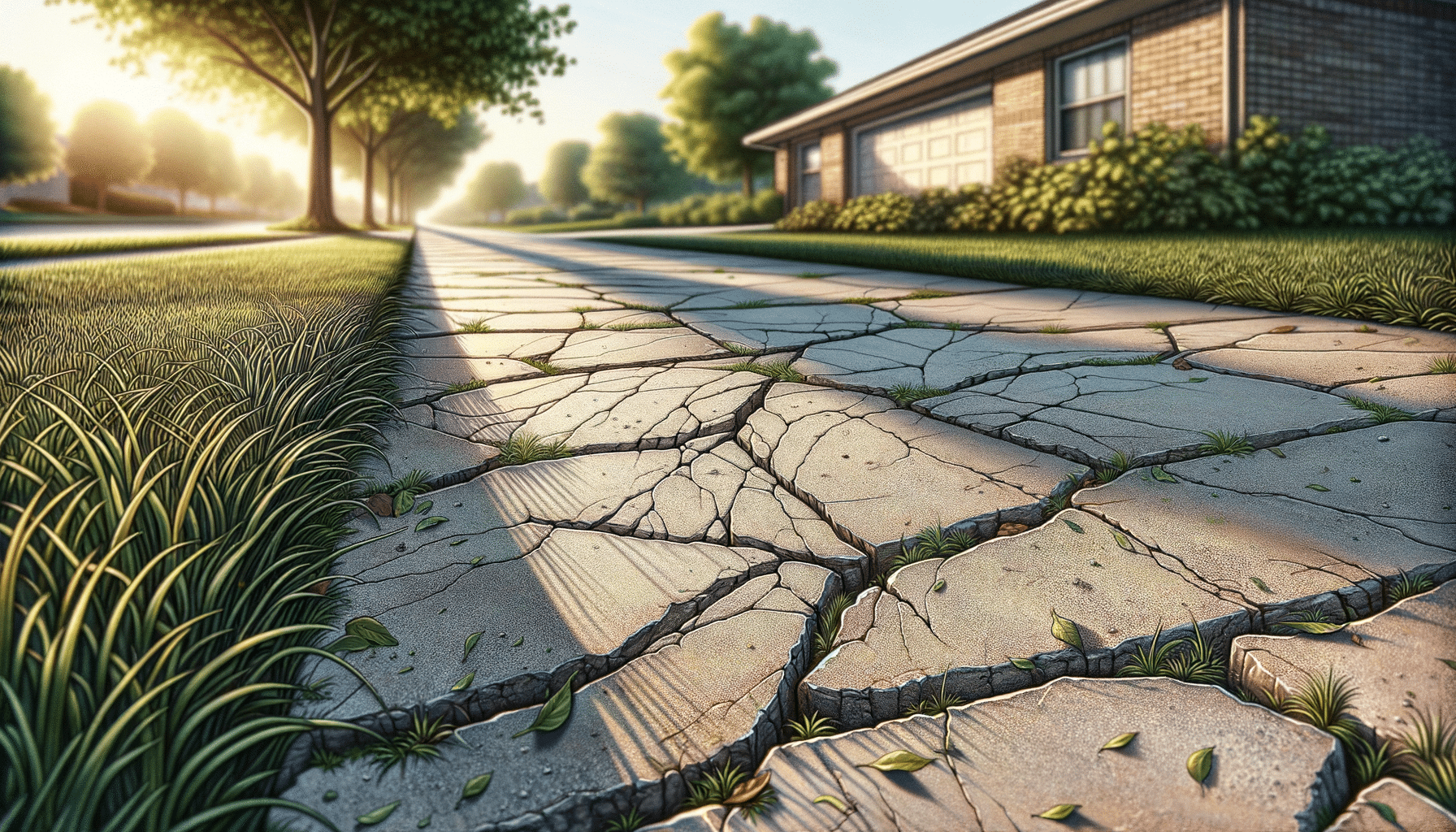
DIY Concrete Crack Repair: A Step-by-Step Guide to Fixing Your Driveway and Walkways
Introduction to Concrete Crack Repair
Concrete is one of the most durable and widely used materials in construction, yet it is not immune to cracks. These imperfections can arise due to various reasons such as weather fluctuations, ground movements, or simply the passage of time. Addressing these cracks promptly is essential to maintain the structural integrity and aesthetic appeal of surfaces like driveways and walkways. This guide will walk you through the process of concrete crack repair, specifically focusing on driveways, ensuring that you can tackle these issues effectively and efficiently.
Understanding the Causes of Concrete Cracks
Before diving into the repair process, it’s crucial to understand what causes these cracks in the first place. Several factors contribute to the formation of cracks in concrete structures. One of the primary reasons is thermal expansion and contraction. Concrete expands in the heat and contracts in the cold, leading to stress that eventually causes cracking. Additionally, improper curing during installation can leave the concrete vulnerable to damage.
Other causes include:
- Subgrade settlement: If the soil beneath the concrete shifts or settles, it can lead to uneven support and cracking.
- Excessive load: Concrete driveways are subject to heavy loads, especially if used for parking vehicles, which can cause stress and eventual cracking.
- Moisture infiltration: Water can seep into the concrete, freeze, and expand, leading to cracks.
Recognizing these causes can help in selecting the appropriate repair methods and materials to ensure a long-lasting solution.
Preparing for Concrete Crack Repair
Proper preparation is key to successful concrete crack repair. Start by thoroughly cleaning the area around the crack. Remove any loose debris, dirt, or vegetation using a wire brush or a pressure washer. Ensuring the crack is clean and dry will allow the repair material to adhere better, providing a more durable fix.
Next, assess the size of the crack. Small hairline cracks might only require a simple sealant, while larger cracks may need a more robust repair approach. For wider cracks, consider using a chisel to widen the top of the crack slightly, creating a V-shape that helps the repair material bond more effectively.
Gather the necessary tools and materials, such as a caulk gun, concrete patching compound, and a trowel. Having everything ready before you begin will make the process smoother and more efficient.
Step-by-Step Guide to Repairing Concrete Cracks in Driveways
Repairing concrete cracks in driveways involves a systematic approach to ensure a successful outcome. Follow these steps for effective repair:
- Fill the crack: Use a concrete crack filler or patching compound to fill the crack. For narrow cracks, a liquid filler applied with a caulk gun might suffice. Wider cracks may require a thicker patching material, applied with a trowel.
- Smooth the surface: Once the crack is filled, smooth the surface using a trowel. This will help blend the repaired area with the surrounding concrete, making the repair less noticeable.
- Allow to cure: Proper curing is essential for the longevity of the repair. Follow the manufacturer’s instructions for curing times, and avoid using the driveway until the material has fully set.
- Seal the surface: After the repair has cured, consider applying a concrete sealant to the entire driveway surface. This will help protect against future moisture infiltration and extend the lifespan of the repair.
By following these steps, you can ensure that your driveway remains in excellent condition, free from unsightly and potentially damaging cracks.
Maintaining Your Driveway Post-Repair
Once you’ve repaired the cracks in your driveway, ongoing maintenance is crucial to prevent future damage. Regularly inspect the surface for new cracks or signs of wear and address them promptly. Keeping the driveway clean and free from debris will also help prevent moisture buildup and prolong the life of the concrete.
Consider these maintenance tips:
- Seal regularly: Apply a concrete sealant every few years to protect against moisture and environmental damage.
- Manage weight: Avoid parking heavy vehicles in the same spot for extended periods to reduce stress on the concrete.
- Address drainage issues: Ensure proper drainage around your driveway to prevent water accumulation and potential damage.
By incorporating these practices, you can maintain the beauty and functionality of your driveway for years to come.